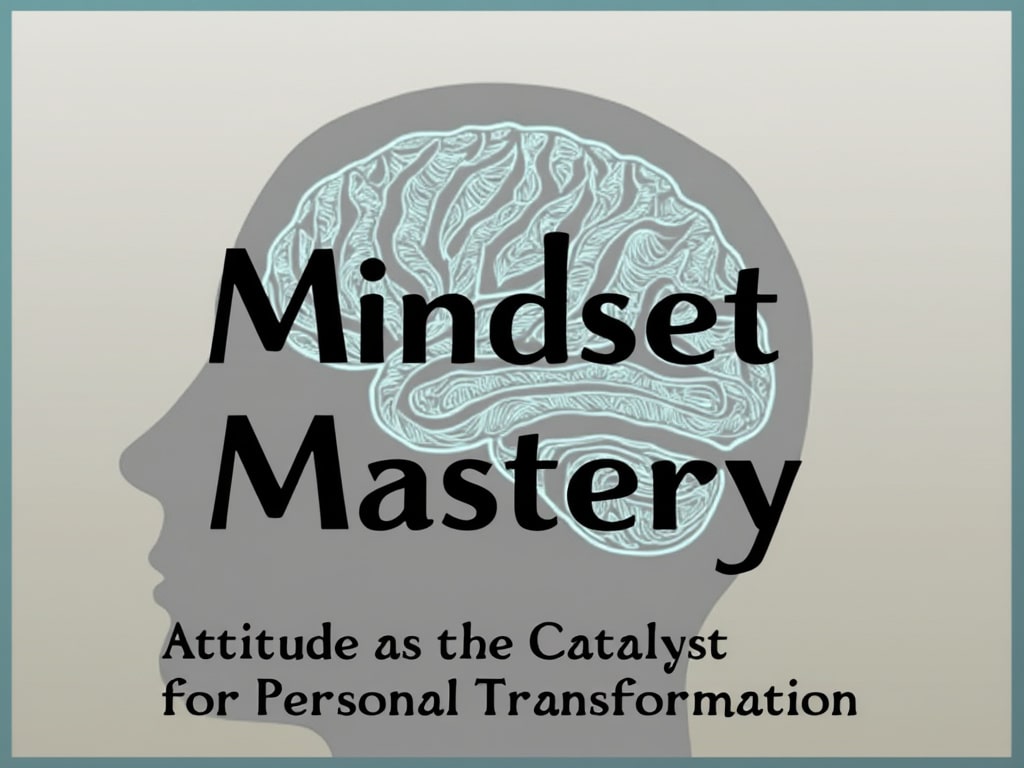
El Segundo, California, a coastal city located in the South Bay region of Los Angeles County, is often considered a distinct area with its own unique identity. While renowned for its beautiful beaches and laid-back atmosphere, El Segundo is rapidly emerging as a hotbed for hard tech startups. This burgeoning hub, affectionately dubbed “The Gundo,” is attracting a new generation of entrepreneurs and engineers who are pushing the boundaries of technology and reshaping the future of industries.
What is Hard Tech?
Hard tech, also known as deep tech, refers to companies that are developing technology solutions based on significant scientific or engineering challenges. These companies often require extensive research and development (R&D), substantial capital investment, and lengthy periods before achieving commercial success. Unlike software startups that primarily focus on digital products and services, hard tech companies are involved in creating tangible, physical products that often involve complex engineering and manufacturing processes. Examples of hard tech include advanced materials, robotics, aerospace, artificial intelligence, and biotechnology.
This distinction between hard tech and the traditional software focus of Silicon Valley highlights a crucial shift in the technology landscape. While software continues to play a vital role, the future of technology lies in the convergence of software and hardware, with hard tech companies leading the charge in developing solutions to real-world problems.
Why El Segundo?
El Segundo’s transformation into a hard tech hub is driven by a confluence of factors. Its proximity to Los Angeles International Airport (LAX) and major aerospace and defense companies Boeing and SpaceX provides access to a highly skilled workforce and a robust supply chain. This legacy in aerospace has laid the foundation for the Gundo’s emergence, providing a fertile ground for and a pool of experienced engineers and entrepreneurs.
The city’s relatively affordable real estate compared to Silicon Valley and its attractive coastal lifestyle make it an appealing location for startups and their employees. Moreover, El Segundo offers a “small-town” vibe that fosters a strong sense of community among its hard tech entrepreneurs. This collaborative environment encourages the exchange of ideas, mentorship, and partnerships, creating a fertile ground for and growth.
California has experienced an exodus of firms and families, including Fortune 1000 companies and smaller ones. El Segundo has managed to attract a new wave of companies focused on “atoms, not bits.” This emphasis on tangible products and solutions, coupled with a “hardcore ethos” that prioritizes ambitious technological advancement, sets the Gundo apart from other hubs.
With its unique advantages, El Segundo has attracted a diverse range of hard tech startups.
Key Players in The Gundo
The Gundo is home to a diverse range of hard tech startups that are developing groundbreaking technologies across various sectors. This diversity fosters within individual companies and creates opportunities for cross-industry collaboration and the development of integrated solutions. Here are a few examples:
- Parallel Systems: Founded by Matt Soule, John Howard, and Ben Stabler, Parallel Systems is building an autonomous and decarbonized freight system with zero-emissions rail vehicles. This approach to transportation aims to revolutionize the logistics industry by reducing emissions and improving efficiency.
- Epsilon3: Epsilon3 is developing next-generation manufacturing systems software for rapid, iterative, and data-driven hardware manufacturing. Their software solutions empower businesses to optimize their production processes and accelerate in manufacturing.
- Rainmaker: Founded by Augustus Doricko, Rainmaker is focused on drone-enabled cloud seeding technology to modify the weather and address water scarcity for farms and ecosystems. This endeavor tackles a critical global challenge by leveraging cutting-edge technology to increase rainfall and combat drought.
- Castelion: Co-founded by Bryon Hargis, Sean Pitt, and Andrew Kreitz, Castelion is designing, building, and testing next-generation long-range strike weapons systems. With a focus on in defense technology, Castelion has raised $15 million in funding to develop advanced weaponry.
- Picogrid: Founded by Zane Mountcastle and Martin Slosarik, Picogrid builds a common platform to connect defense and autonomous systems. Their technology enables seamless integration and communication between various defense systems, improving coordination and real-time intelligence. Picogrid has raised $12 million in funding.
- Mach Industries: Founded by Ethan Thornton and Ana Saldana, Mach Industries is developing a suite of hydrogen-powered platforms and munitions for the military. This focus on alternative energy sources in defense technology aims to reduce reliance on fossil fuels and promote sustainability in military operations. Mach Industries has raised $85 million in funding.
- AeroDome: Co-founded by Rahul Sidhu and Kenaniah Cerny, AeroDome provides drone air support to law enforcement, wildfire protection, and search and rescue. Their drone technology enhances public safety and emergency response efforts by providing rapid aerial surveillance and support. AeroDome has raised $6.5 million in funding.
- TEN TECH LLC: TEN TECH LLC is a mechanical engineering consulting company specializing in structural dynamics and thermal analysis & management for aerospace & defense, hi-tech electronics, automotive, medical, and renewable energy applications. Their expertise in these areas supports the development of and reliable products across various industries.
The Broader Los Angeles Hard Tech Ecosystem
The Gundo is a key component of a larger hard tech ecosystem that is emerging across Los Angeles. This ecosystem includes companies SpaceX, Anduril, Rocket Lab, Relativity, and Shield AI, among many others. These companies are pushing the boundaries of space exploration, defense technology, robotics, and advanced manufacturing, contributing to a resurgence of technological in the region.
Challenges and Opportunities
While The Gundo is experiencing rapid growth and attracting significant attention, it also faces challenges. A major concern is the rising cost of real estate, which could make it difficult for startups to afford space in El Segundo. This challenge highlights the need for policies and initiatives that support affordable workspace for startups and encourage the development of a diverse and inclusive entrepreneurial ecosystem.
Another challenge is the need to maintain the city’s “small-town” vibe while accommodating the influx of new businesses and residents. Balancing growth with preservation of the city’s character will be crucial for ensuring the long-term sustainability and appeal of the Gundo.
As the Gundo gains more visibility and attracts more investment, it faces the challenge of maintaining its ethos and avoiding the potential pitfalls of hype and overheated expectations. Staying true to its core values of community, collaboration, and a focus on solving real-world problems will be essential for the Gundo’s continued success.
Despite these challenges, The Gundo has tremendous potential to become a leading hub for hard tech . Its strong community, access to talent, and proximity to key industries provide a solid foundation for continued growth. As The Gundo matures, it is likely to attract more investment, create more jobs, and contribute significantly to the advancement of technology.
The Gundo: Shaping the Future of Hard Tech
The Gundo is a of community, collaboration, and a focus on solving real-world problems. This thriving hard tech hub is about building products; it’s about creating a sustainable ecosystem where entrepreneurs, engineers, and investors can come together to shape the future. By fostering a culture of , embracing technological advancement, and prioritizing tangible solutions, the Gundo is poised to become a driving force in the global hard tech landscape. Its success could contribute to a resurgence of American technological leadership and economic growth, demonstrating the potential of regional hubs to drive economic prosperity and address critical global challenges.




